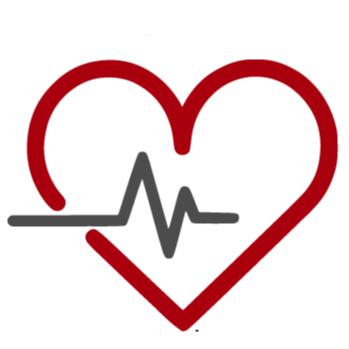Diabetes is a long-term condition that causes high blood sugar levels
Type-1 Diabetes
The body does not produce insulin. Approximately 10% of all diabetes cases are type 1
Type 2 Diabetes
The body does not produce enough insulin for proper function. Approximately 90% of all cases of diabetes worldwide are of this type.
Gestational Diabetes
This type affects females during pregnancy.
The most common diabetes symptoms include frequent urination, intense thirst and hunger, weight gain, unusual weight loss, fatigue, cuts and bruises that do not heal, male sexual dysfunction, numbness and tingling in hands and feet.
